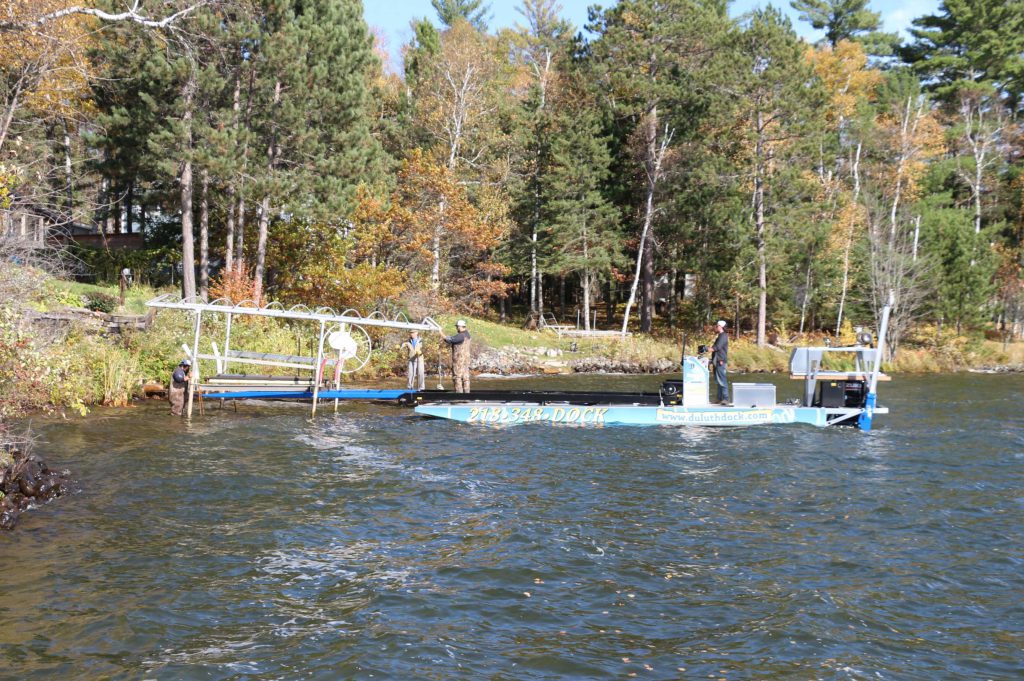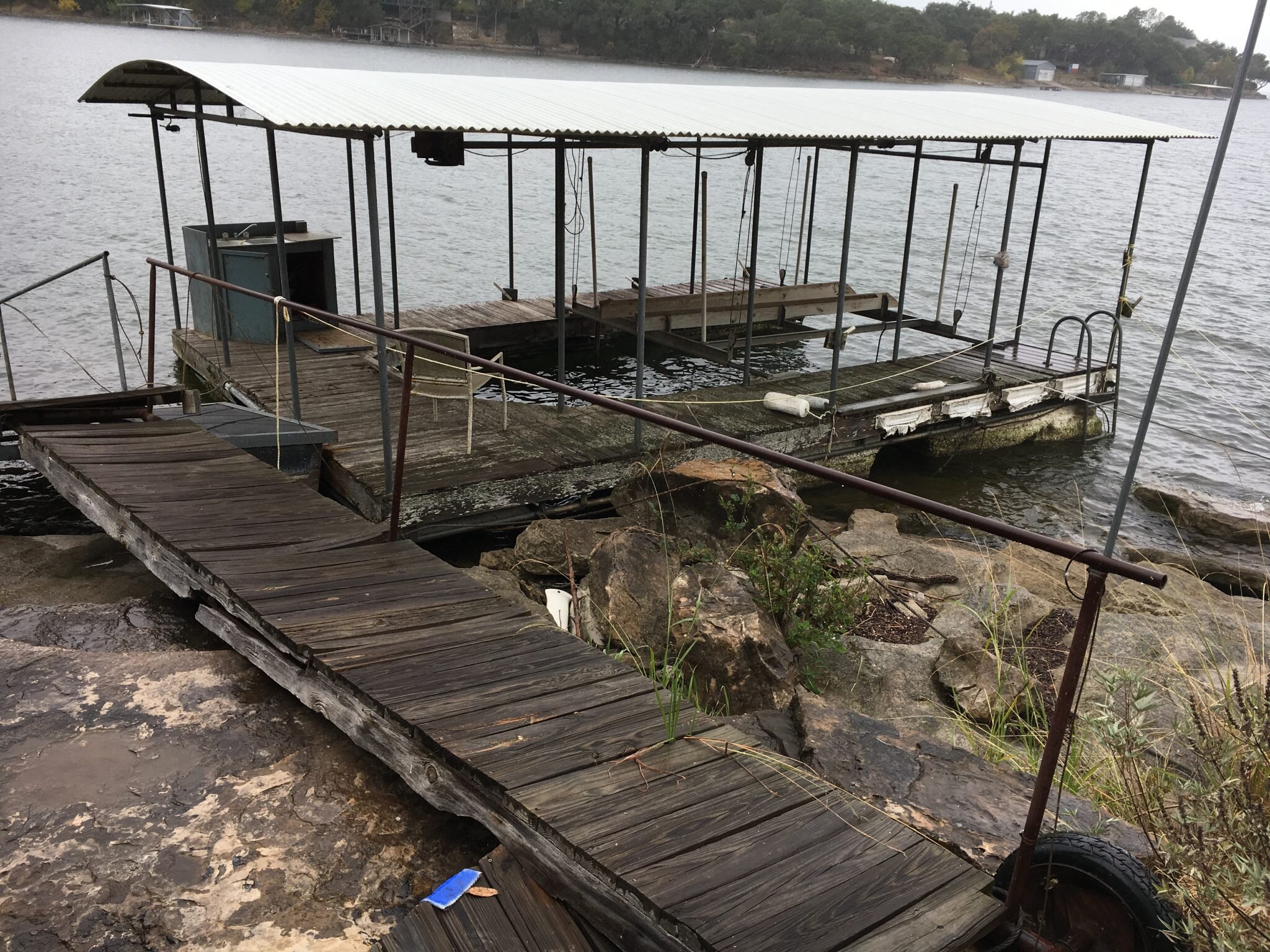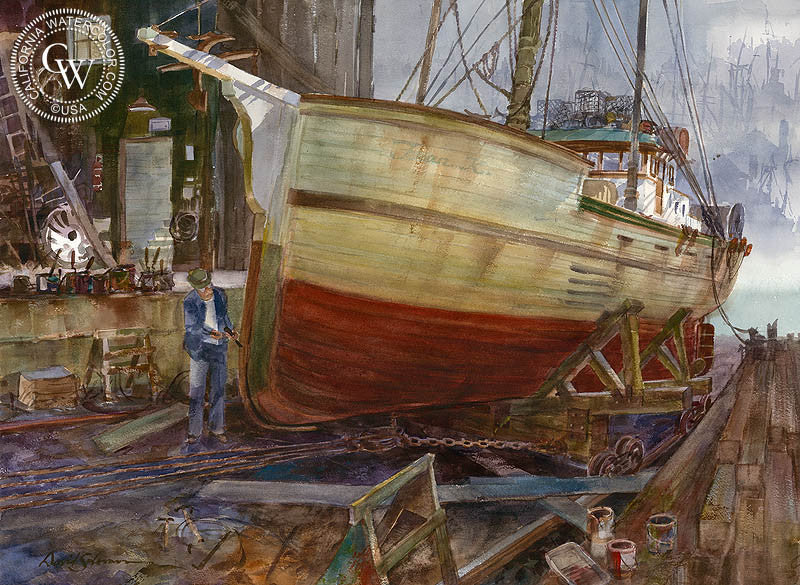Just How to Address Common Dock Repair Service Issues for Safe Water Activities

Identifying Common Dock Issues
Determining common dock problems is critical for preserving the functionality and security of your waterfront residential property. Regular inspections can help discover troubles prior to they come to be extreme, ensuring both the durability of the dock and the safety and security of those who utilize it. One common concern is loose or corroded fasteners. Over time, screws, screws, and various other fasteners can become loosened due to constant direct exposure to water and weather condition elements, leading to structural instability.
An additional usual issue is the deterioration of flotation tools. These devices are vital for keeping the dock buoyant, and any kind of damages or punctures can cause the dock to list or sink. Frequently inspecting for leakages or waterlogged drifts can preempt more significant concerns.
Furthermore, algae and barnacle accumulation on the dock's surface area can develop dangerous and slippery conditions. This biofouling not only poses a threat to individuals yet can additionally speed up the damage of the dock products.
Finally, checking for signs of corrosion on metal components is crucial. Corrosion can jeopardize the integrity of the dock's framework, making it dangerous. By consistently determining these typical dock problems, you can guarantee that your dock remains safe and practical for many years to come.
Fixing Rotting Wood
When attending to the issue of rotting timber on your dock, it is vital to act quickly to avoid more damage. Begin by thoroughly examining the entire structure to recognize all influenced areas. Utilize a screwdriver to probe the wood; if it sinks in quickly, the wood is most likely decomposed and requires immediate focus.
As soon as recognized, eliminate the decayed sections utilizing a saw or chisel. Make sure to reduce to healthy and balanced, strong wood, ensuring you eliminate all compromised product. After elimination, treat the staying wood with a wood preservative to avoid future rot. This therapy will assist guard versus dampness, which is the key source of timber decay.
Next, change the eliminated areas with marine-grade lumber or pressure-treated wood, which are much more resistant to water damages. Secure the new items with galvanized or stainless-steel bolts to avoid corrosion. Additionally, using a water-proof sealer to the brand-new timber can supply an additional layer of security.
Safeguarding Loose Boards
Exactly how do you ensure your dock continues to be useful and secure for all its customers? One critical facet is protecting loosened boards, which you could try here can or else pose considerable risks. Loosened boards not just boost the threat of stumbling however can additionally endanger the architectural honesty of the whole dock.

For reinstallation, use stainless or galvanized steel screws, as these materials supply exceptional resistance to corrosion in aquatic environments. Guarantee the screws are long enough to pass through deep right into the underlying support framework, however not so long that they extend via the dock's surface. Pre-drilling pilot holes can aid stop the wood from splitting.
Finally, maintain a routine evaluation routine to determine and address any kind of new issues without delay. By protecting loosened boards successfully, you contribute to the total security and longevity of your dock, making it a reputable platform for water activities.
Stabilizing Unsteady Pilings
Ensuring the stability of unstable pilings is paramount to preserving a risk-free and useful dock. Make use of a degree to check for vertical alignment and guarantee they are driven deep sufficient into the substratum to supply appropriate support.
If the pilings are located to be unsteady, one effective technique for reinforcement is using extra bracing. Cross-bracing with treated lumber or galvanized steel can considerably enhance stability. Anchor the braces firmly to both the pilings and the dock framework to disperse lots equally.

Regular maintenance and regular reassessment of the pilings' security are important to guaranteeing long-term dock safety and functionality.
Changing Rusty Equipment
Resolving unstable pilings is simply one facet of keeping a dock's stability; another crucial problem is changing rusty equipment. In time, exposure to wetness and salt can result in the oxidation and corrosion of braces, bolts, and screws, endangering the whole structure's security. Regular examination for rust is necessary, particularly after serious climate or seasonal modifications.
When rustic hardware is determined, immediate action is required. Begin by selecting marine-grade stainless-steel or galvanized equipment, both made to withstand the harsh marine atmosphere. Make sure that you have the appropriate tools, such as screwdrivers and wrenches, to safely remove the old, corroded items without triggering additional damage to the dock.
After removing the rusty hardware, extensively clean the impacted locations to remove any type of residual corrosion or debris. Apply a rust-inhibiting guide to exposed metal surface areas prior to setting up the brand-new hardware. Tighten all fixtures firmly to stop future loosening, and regularly evaluate the installations to guarantee recurring stability.
Changing rusty equipment not only extends the dock's life expectancy but additionally considerably boosts the safety of water tasks. By proactively handling deterioration, you secure both the framework and its users, making certain a enjoyable and safe beachfront experience.
Conclusion
Routine assessments and upkeep are vital to deal with common dock repair work problems and make sure secure water activities. By determining and fixing troubles such as rotting wood, loose boards, unsteady pilings, and corroded equipment, architectural stability and longevity can be considerably enhanced. The application of proper therapies and marine-grade products additionally strengthens the dock versus ecological stress factors. Such positive actions contribute to the overall security and performance more info here of dock frameworks, cultivating a protected setting for water-based tasks.
Making certain the safety and security of water activities pivots substantially on the proper upkeep and fixing of docks (Dock Repairs). These tools are necessary for keeping the dock buoyant, and any kind of damage or slits can trigger the dock to listing or sink. By routinely identifying these common dock problems, you can make certain that your dock stays protected and useful for years to come
Guaranteeing the stability of unstable pilings is paramount to maintaining a risk-free and functional dock.Regular examinations and upkeep are vital to address common dock fixing problems and ensure risk-free water tasks.